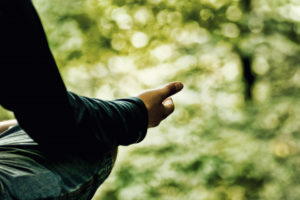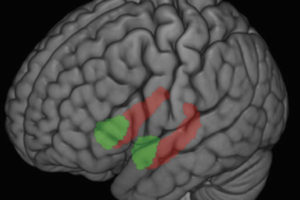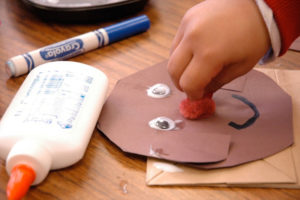Popular culture tells story after story of artists from Vincent van Gogh to Edgar Allan Poe who only find true creativity in the depths of their despair—but what if positive emotions can also boost creativity?
That’s the question that an interdisciplinary team at the University of Wisconsin–Madison has begun to explore, specifically in the context of graduate engineering education.
“Even though people think that creative people are miserable or unhappy, there is a lot of research that shows that’s not true,” says Pelin Kesebir, an assistant scientist at the Center for Healthy Minds who collaborated with study lead Professor Susan Hagness in the College of Engineering. “Actually, positive emotions help creativity. They open up our minds—we see more possibilities when we are happy or when we are experiencing positive feelings.”
The team was curious to explore how mindfulness could help engineering graduate students.
“Graduate students in the College of Engineering at UW–Madison are working on research problems that have the potential to address a variety of societal needs and challenges,” says Susan Hagness, the Philip Dunham Reed Professor of Electrical and Computer Engineering who led the project. “Enhancing the creative capacity of these students would benefit society through the innovations they produce both in the short-term and over the course of their careers.”
Hagness, together with Wendy Crone, the Karen Thompson Mehdi Professor of Engineering Physics, and Kesebir, received a grant from the National Science Foundation for the exploratory study. They hypothesized that mindfulness techniques would boost the students’ well-being, creativity, altruism and empathy, and potentially enhance their ability to conduct high-impact transformative research in engineering.
The team recruited about 70 graduate students, split into two groups – the treatment group and the wait-listed control group. Before the training started, all students took an online questionnaire that measured their emotional habits, personality, perceived stress level, mindfulness and health symptoms. They also completed measures of creativity and indicated their satisfaction with research they were pursuing as graduate students.
Then half of the students, the treatment group, met once a week for eight weeks and learned mindfulness skills, including breathing techniques, silver lining meditation (bringing to mind a difficult situation while exploring multiple sides and approaching the situation as a learning opportunity), and loving-kindness meditation (cultivating feelings of love and empathy towards loved ones, others and oneself). They also learned other well-being tools, like gratitude journaling, and compassion practice.






